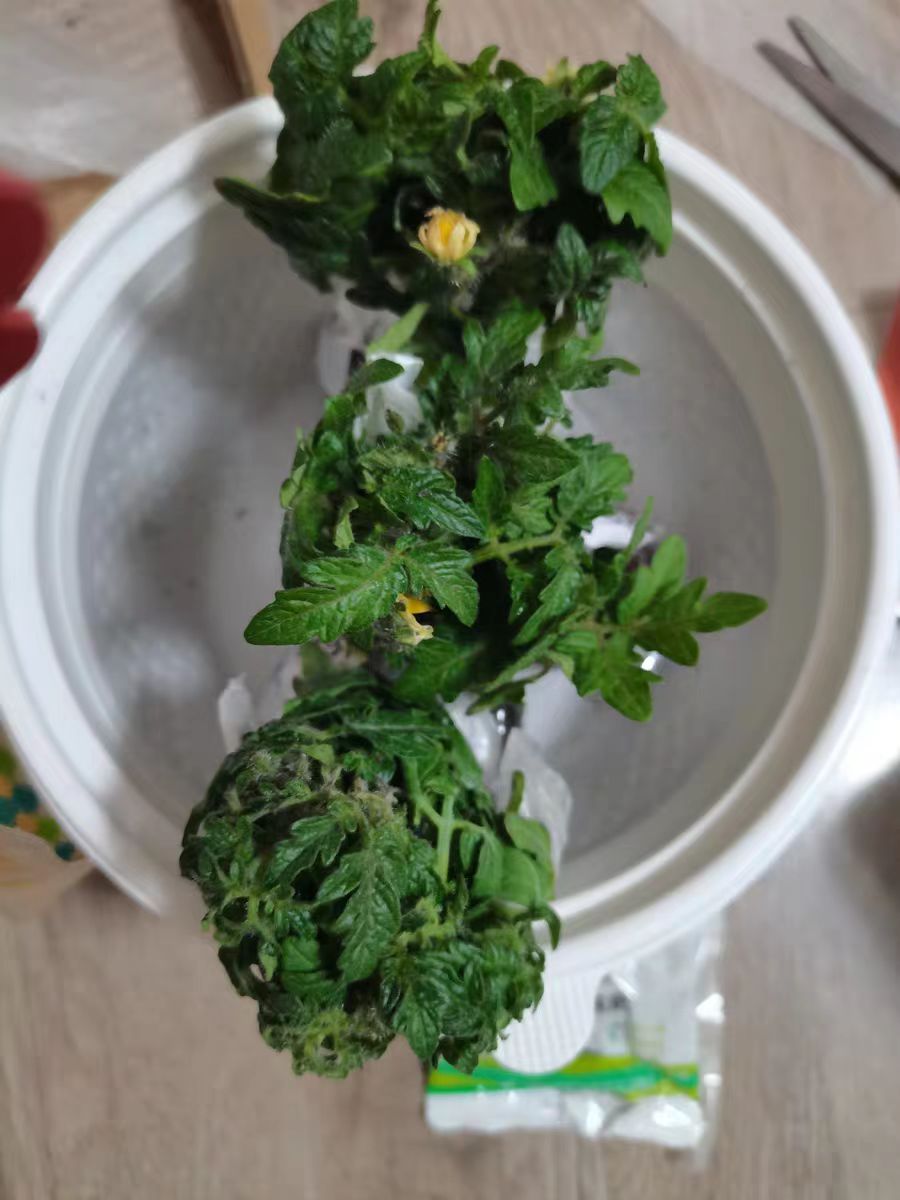When growing tomatoes, the most worrying issue is fruit rotting just before maturity, which is mostly caused by diseases or management problems. Below are the common fruit rot diseases, their appearances, and solutions after detection.
Late Blight
Symptoms: Watery lesions appear on green fruits, expanding gradually. In humid conditions, white mold forms around the lesions. Fruits become hard but prone to dropping. Meanwhile, dark green watery spots appear on leaves, and dark brown streaks form on stems.
Cause: Thrives in low-temperature, high-humidity environments, such as continuous rainy days or poor soil ventilation.
Solution:
Immediately remove diseased fruits and disinfect tools.
Spray specific late blight fungicides, focusing on fruits and lower leaves. Repeat every few days for two applications.
Apply phosphorus-potassium fertilizers to enhance plant disease resistance.
Blossom End Rot
Symptoms: Watery spots first appear at the fruit navel, gradually turning dark brown, sunken, and hard. In humidity, black mold may grow.
Cause: Mainly caused by calcium deficiency in fruits, often triggered by uneven watering (soil alternating between dry and wet) during fruit expansion.
Solution:
Urgently supplement calcium by spraying calcium-containing foliar fertilizers every few days for two times. Apply calcium-based fertilizers to the roots.
Water frequently with small amounts to keep soil consistently moist, avoiding extreme dry-wet cycles.
Gray Mold (Botrytis)
Symptoms: The disease starts from residual petals or receptacles, spreading to fruits, which develop light brown water-soaked spots. Fruits soften, rot, and grow gray mold layers.
Cause: Most susceptible during flowering, especially in low-temperature, high-humidity conditions or poor greenhouse ventilation.
Solution:
Spray preventive fungicides before flowering. After infection, use therapeutic agents mixed with a little brown sugar to improve adhesion, applying every few days for two times.
Remove residual petals and diseased fruits to reduce pathogen sources.
Soft Rot
Symptoms: Fruits soften and rot with a foul odor. The peel appears intact, but the interior turns into a mushy paste, exuding sticky liquid when squeezed.
Cause: A bacterial disease often associated with pest wounds (e.g., damage from cotton bollworms), worsening in high-temperature, high-humidity environments.
Solution:
In the early stage, spray bacterial fungicides, focusing on fruits and stem bases, repeating every few days.
If caused by pests, control insects first, then apply protective agents to wounds. Avoid injuring plants during field work and spray protective agents after operations.
Phytophthora Fruit Rot (Cottony Rot)
Symptoms: Brown water-soaked spots appear on fruits near the ground, expanding to cover white cotton-like mold. Fruits may drop or become mummified.
Cause: Occurs mainly where fruits contact the ground, favored by high temperature and humidity.
Solution:
Spray fungicides on the ground and plant bases, and scatter quicklime around diseased fruits.
Spray protective agents on green fruits to form a protective layer. Remove diseased fruits and improve ventilation to reduce humidity.
General Measures:
Remove and destroy diseased fruits immediately, disinfect tools, and use targeted fungicides for different diseases.
Rotate pesticide types to prevent resistance.
Prevent diseases by selecting resistant varieties, crop rotation, and reasonable planting density to reduce fruit rot and improve tomato yield and quality.
What diseases cause tomatoes to rot when they are almost ripe?

Share with
Tagged in :




Leave a Reply